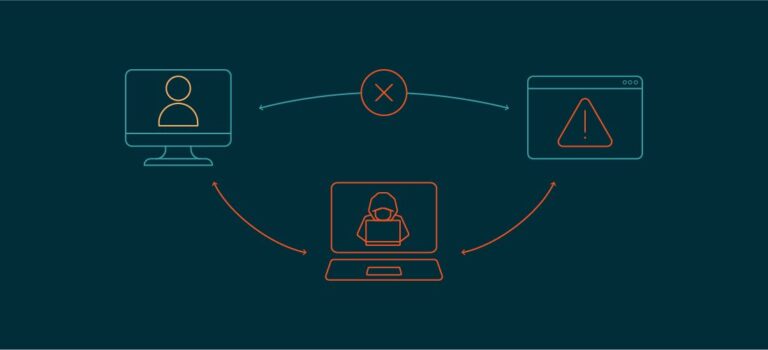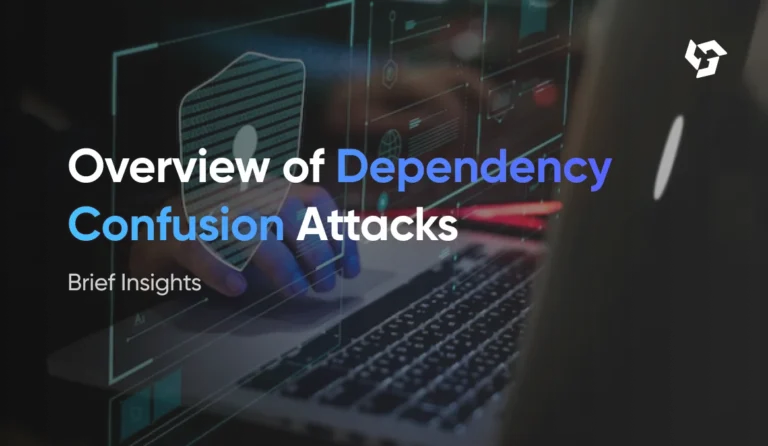Understanding XML External Entities (XXE): Risks, Exploits, and Prevention
Introduction
XML (Extensible Markup Language) is a widely used format for data exchange between systems, especially in enterprise applications and legacy systems. However, improper handling of XML input can expose applications to severe security risks. One such threat is the XML External Entity (XXE) vulnerability, which arises when XML parsers improperly process external entities. This vulnerability can lead to serious consequences including disclosure of confidential data, denial of service, server-side request forgery (SSRF), and in some cases, remote code execution.
In this comprehensive guide, we will explore XXE vulnerabilities in depth, understand how they work, examine real-world attack scenarios, learn how to test for them, and, most importantly, discuss how to prevent them. We will also ensure that this content is search engine optimized (SEO) and useful for developers, security professionals, and IT administrators.
Table of Contents
- What is XML External Entity (XXE)?
- How XML Works: Entities and Parsers
- How XXE Vulnerabilities Happen
- Real-World XXE Attack Scenarios
- XXE and Server-Side Request Forgery (SSRF)
- Testing for XXE Vulnerabilities
- Mitigating XXE Vulnerabilities
- Secure XML Parsing Practices
- XXE in Popular Programming Languages
- Tools for Detecting XXE
- Compliance and Regulatory Risks
- Case Studies and Real-Life Breaches
- SEO Benefits of Secure Coding Practices
- Conclusion
1. What is XML External Entity (XXE)?
An XML External Entity (XXE) attack is a type of attack against an application that parses XML input. This attack occurs when XML input containing a reference to an external entity is processed by a weakly configured XML parser.
In simpler terms, if an application accepts XML and does not properly configure the XML parser, an attacker can inject XML that causes the application to fetch or read local files, make HTTP requests to internal resources, or even crash the system.
Example of a malicious XML:
<?xml version="1.0" encoding="ISO-8859-1"?>
<!DOCTYPE foo [
<!ELEMENT foo ANY >
<!ENTITY xxe SYSTEM "file:///etc/passwd" >]>
<foo>&xxe;</foo>
If parsed insecurely, this XML might result in the content of /etc/passwd being returned to the attacker.
2. How XML Works: Entities and Parsers
To understand XXE vulnerabilities, it is essential to understand the concepts of entities and parsing in XML.
What are Entities?
Entities are placeholders used in XML documents to define reusable values. There are two main types:
- Internal Entities: Defined within the XML document.
- External Entities: Refer to content stored outside the XML document, such as files or URLs.
What is an XML Parser?
An XML parser is a software component that reads XML and makes it usable for applications. Depending on configuration, the parser may allow the processing of external entities.
3. How XXE Vulnerabilities Happen
XXE vulnerabilities usually occur when:
- Applications use default parser configurations, which often support external entities.
- Input validation is not enforced.
- Developers are unaware of the dangers of untrusted XML inputs.
These vulnerabilities can be exploited via:
- Web forms that accept XML.
- APIs that consume XML payloads.
- SOAP or SAML-based communication.
4. Real-World XXE Attack Scenarios
1. File Disclosure
An attacker retrieves sensitive files from the server.
2. Denial of Service (DoS)
A malicious payload can exhaust system resources.
3. SSRF via XXE
The attacker causes the server to make HTTP requests to internal resources.
4. Remote Code Execution
In rare cases, especially when combined with deserialization or other vulnerabilities.
5. XXE and Server-Side Request Forgery (SSRF)
XXE can act as a gateway to SSRF attacks. Using a crafted XML payload, attackers can trick the server into sending HTTP requests to internal services (like metadata endpoints in cloud environments).
Example Payload:
<!DOCTYPE foo [ <!ENTITY xxe SYSTEM "http://169.254.169.254/latest/meta-data/" > ]>
<foo>&xxe;</foo>
6. Testing for XXE Vulnerabilities
Security professionals can use the following methods:
- Manual Testing: Injecting known XXE payloads.
- Automated Tools: Such as Burp Suite, OWASP ZAP, and Nikto.
- DAST and SAST: Tools that scan applications dynamically or statically.
Important: Always get permission before testing systems for vulnerabilities.
7. Mitigating XXE Vulnerabilities
Disable DTDs (Document Type Definitions)
Most XXE attacks rely on DTDs, so disabling them helps.
Use Secure Parsers
Use libraries and frameworks that provide secure defaults or offer ways to disable unsafe features.
Validate Input
Never trust incoming data. Always sanitize and validate.
Least Privilege Principle
Ensure that the XML parser runs with minimal privileges.
8. Secure XML Parsing Practices
- Turn off external entity resolution.
- Prefer alternative data formats like JSON when possible.
- Keep libraries and dependencies up-to-date.
9. XXE in Popular Programming Languages
Java
Use DocumentBuilderFactory with secure settings.
Python
Use defusedxml library.
.NET
Use XmlReader with DtdProcessing.Prohibit.
PHP
Disable entity loading using libxml_disable_entity_loader(true).
Ruby
Avoid using REXML; use Nokogiri with safe settings.
10. Tools for Detecting XXE
- Burp Suite Pro
- OWASP ZAP
- Snyk
- Checkmarx
- Veracode
11. Compliance and Regulatory Risks
XXE vulnerabilities can lead to non-compliance with:
- GDPR
- HIPAA
- PCI-DSS
Regulations mandate protecting personal and sensitive data. Data leaks due to XXE can attract fines and legal action.
12. Case Studies and Real-Life Breaches
SAP XXE Vulnerability
In 2019, SAP fixed an XXE vulnerability in NetWeaver.
Dropbox
Dropbox disclosed and fixed an XXE bug in their XML-based SAML processing.
These incidents underscore the critical need for secure XML processing.
13. SEO Benefits of Secure Coding Practices
Websites that prioritize security:
- Earn higher trust signals for users.
- Are less likely to suffer from downtime due to breaches.
- Maintain better search engine rankings.
Google and other search engines increasingly consider site security in their ranking algorithms.
14. Conclusion
XML External Entities (XXE) represent a dangerous vulnerability that can have severe consequences if not mitigated properly. Understanding how XML parsing works and applying secure practices can eliminate the risk of XXE. Developers must remain vigilant and always treat XML input as untrusted.
Whether you’re developing web applications, APIs, or enterprise systems, secure parsing and input validation should be non-negotiable. Use the tools and strategies discussed in this blog to fortify your systems against XXE and maintain compliance, performance, and trust.
Stay secure, code responsibly.






